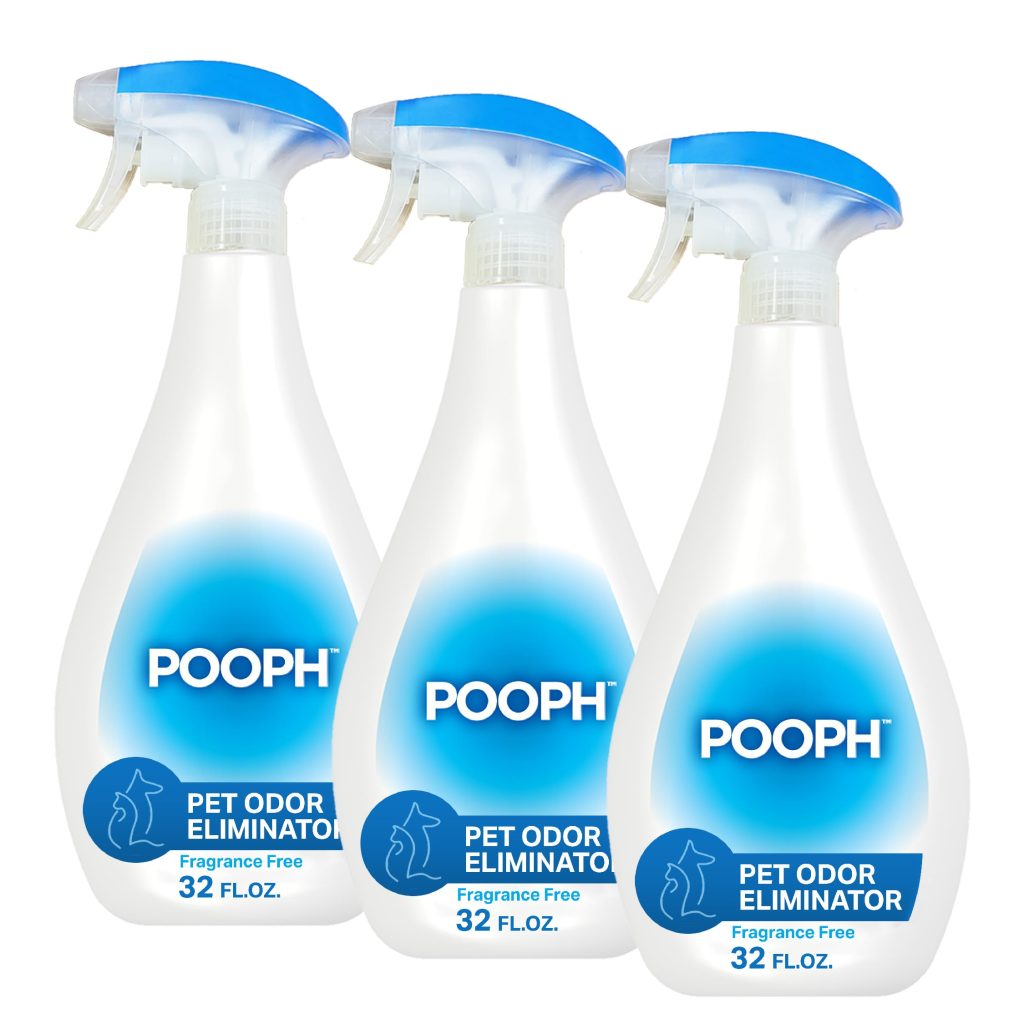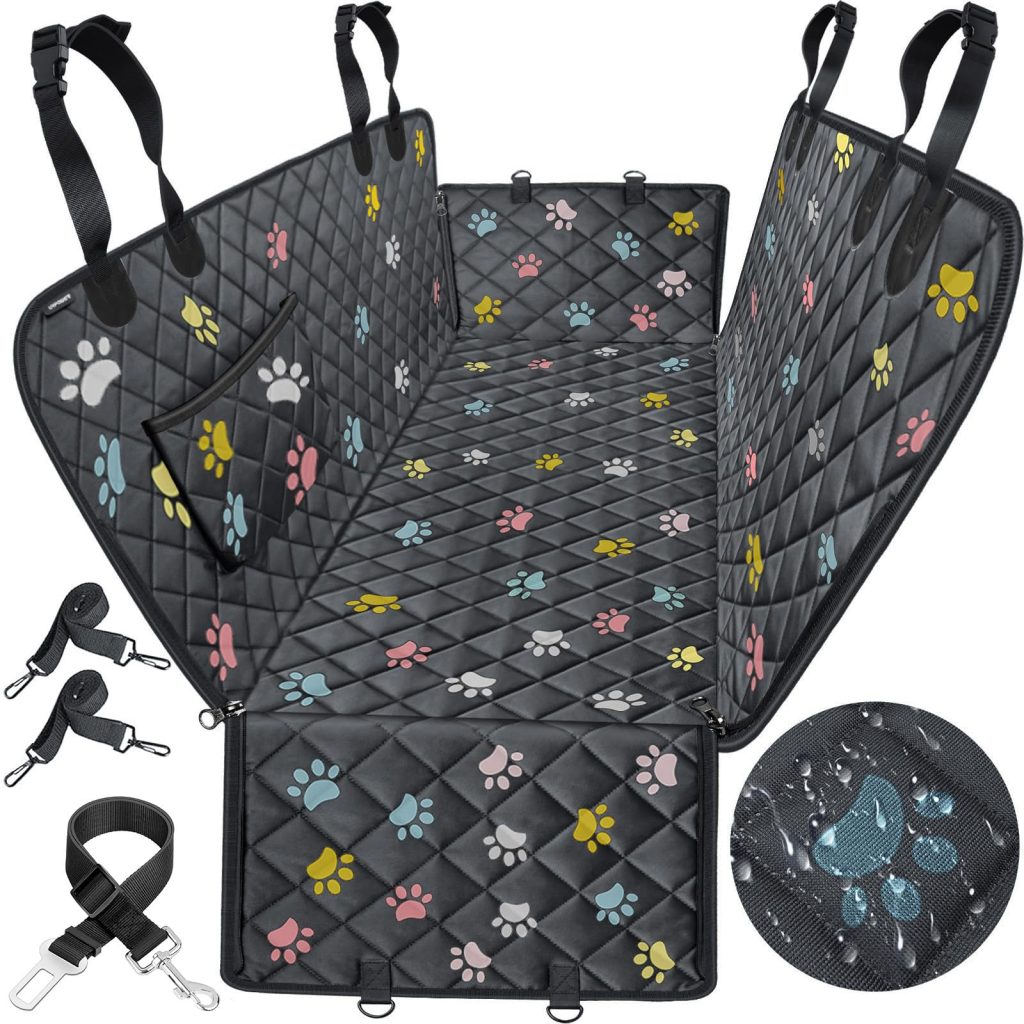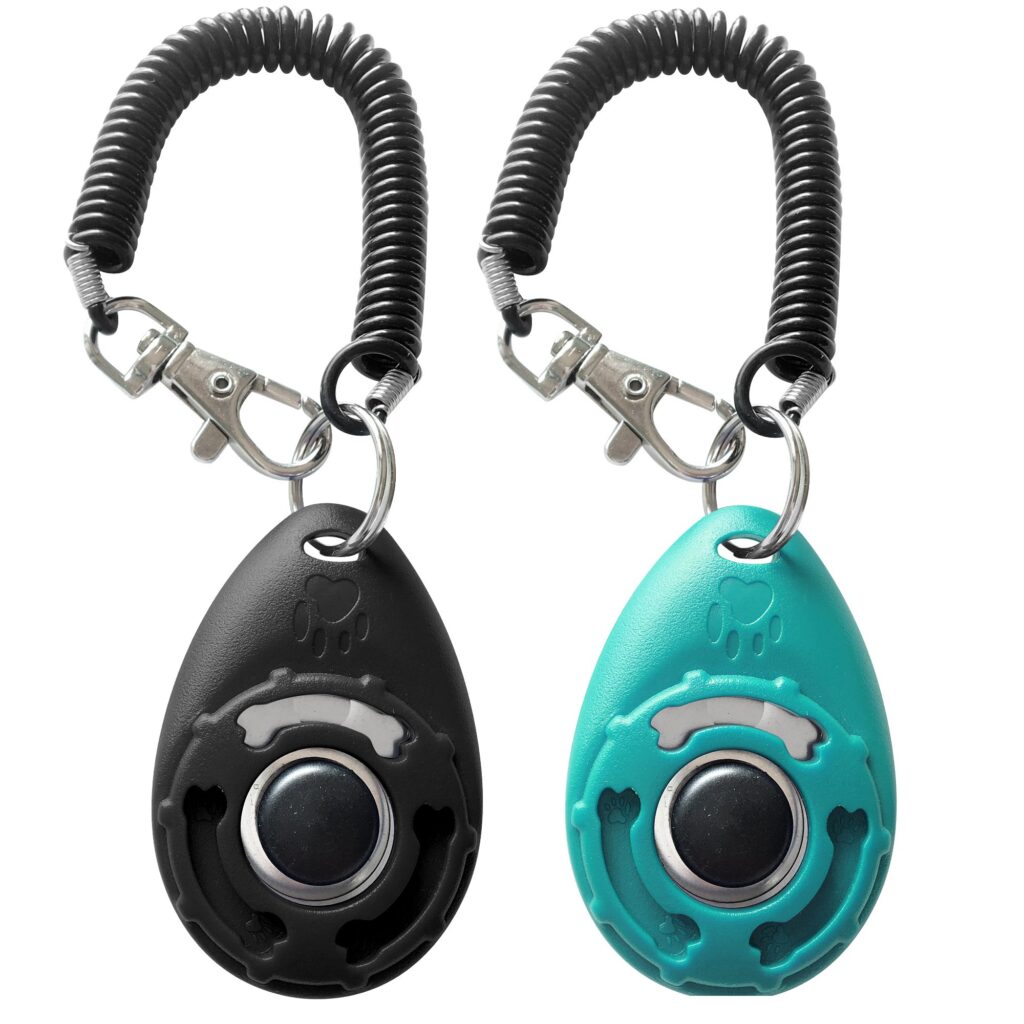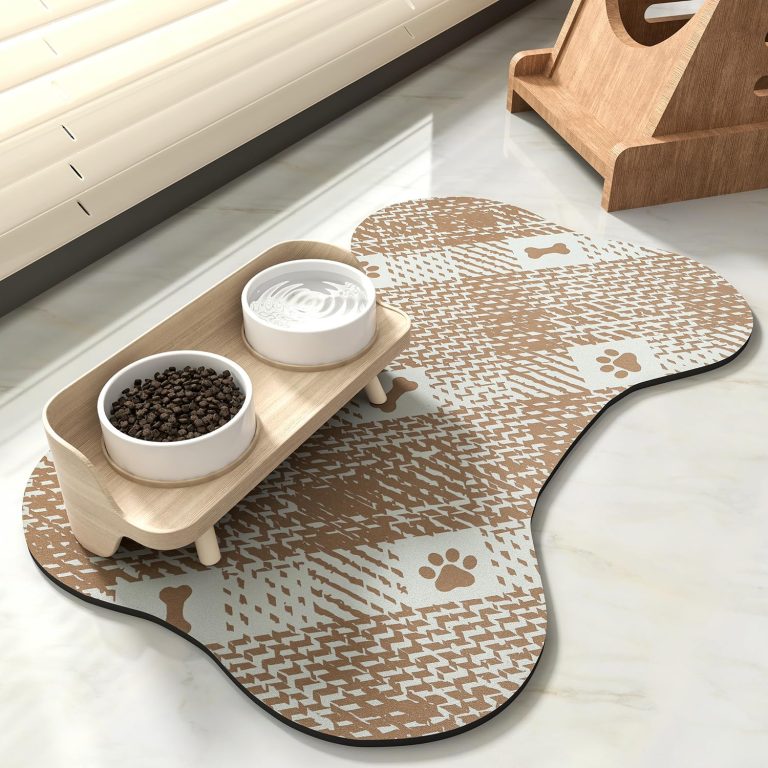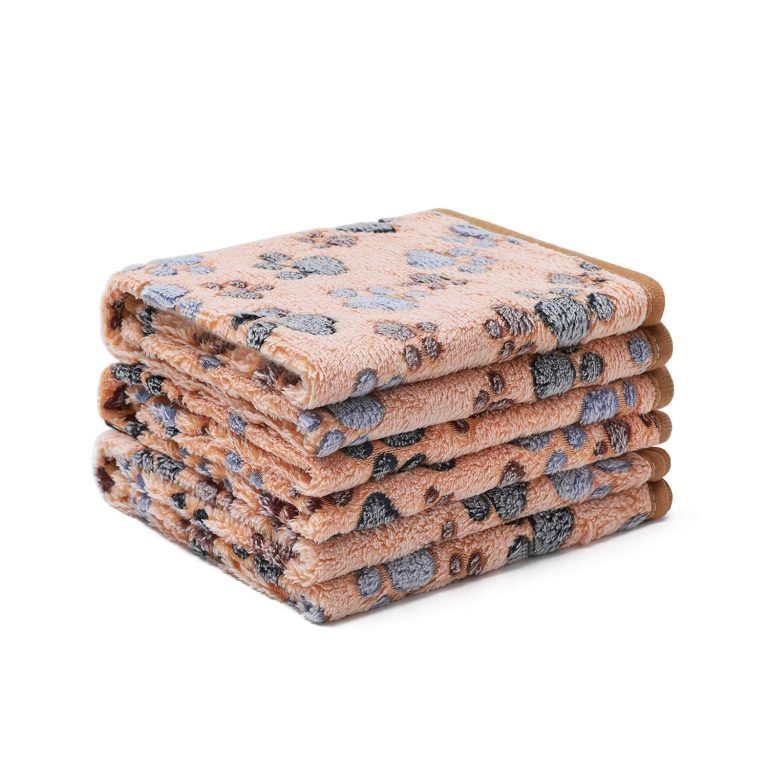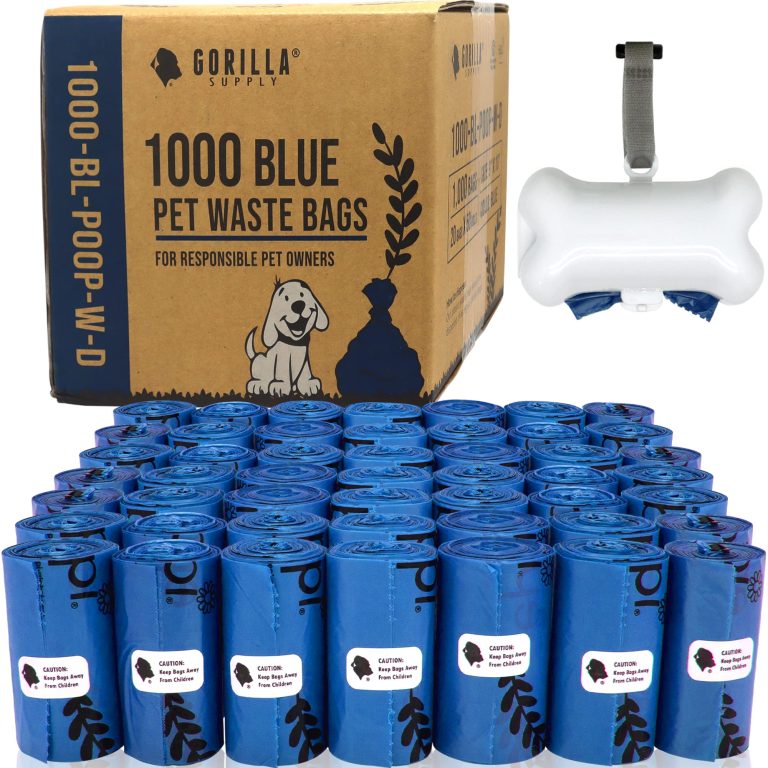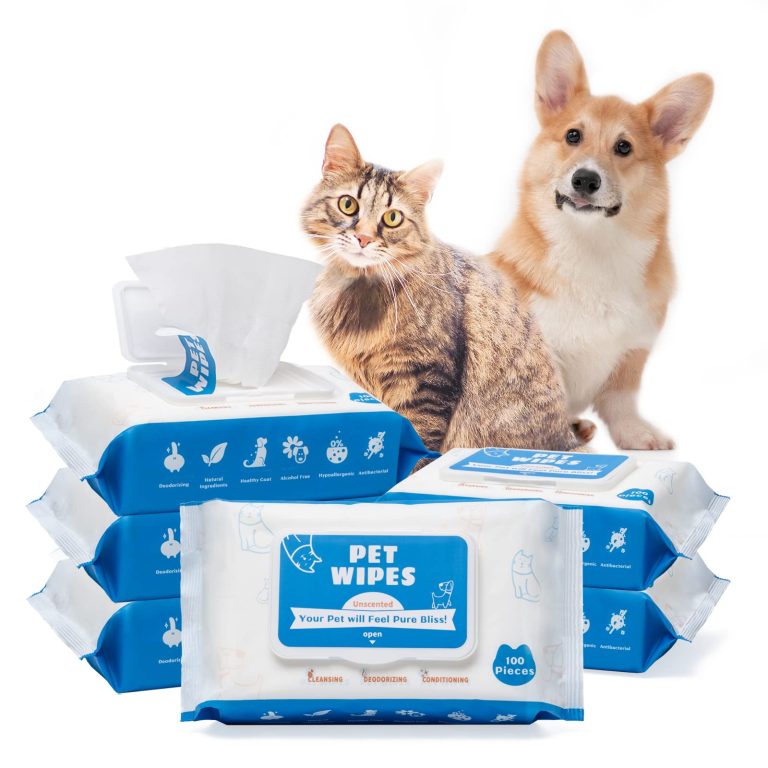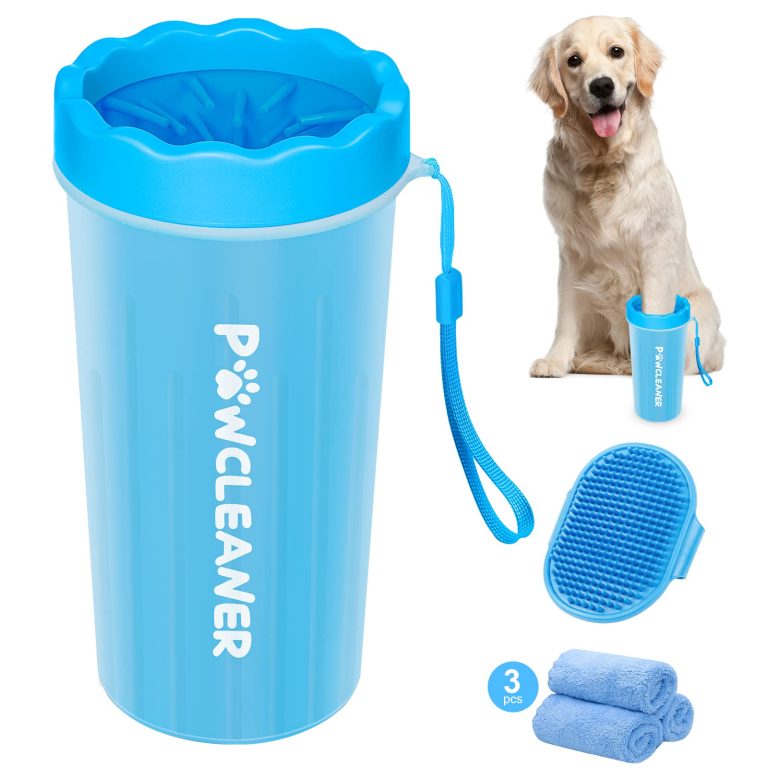Grooming Your Dog – A Comprehensive Guide to Health and Beauty
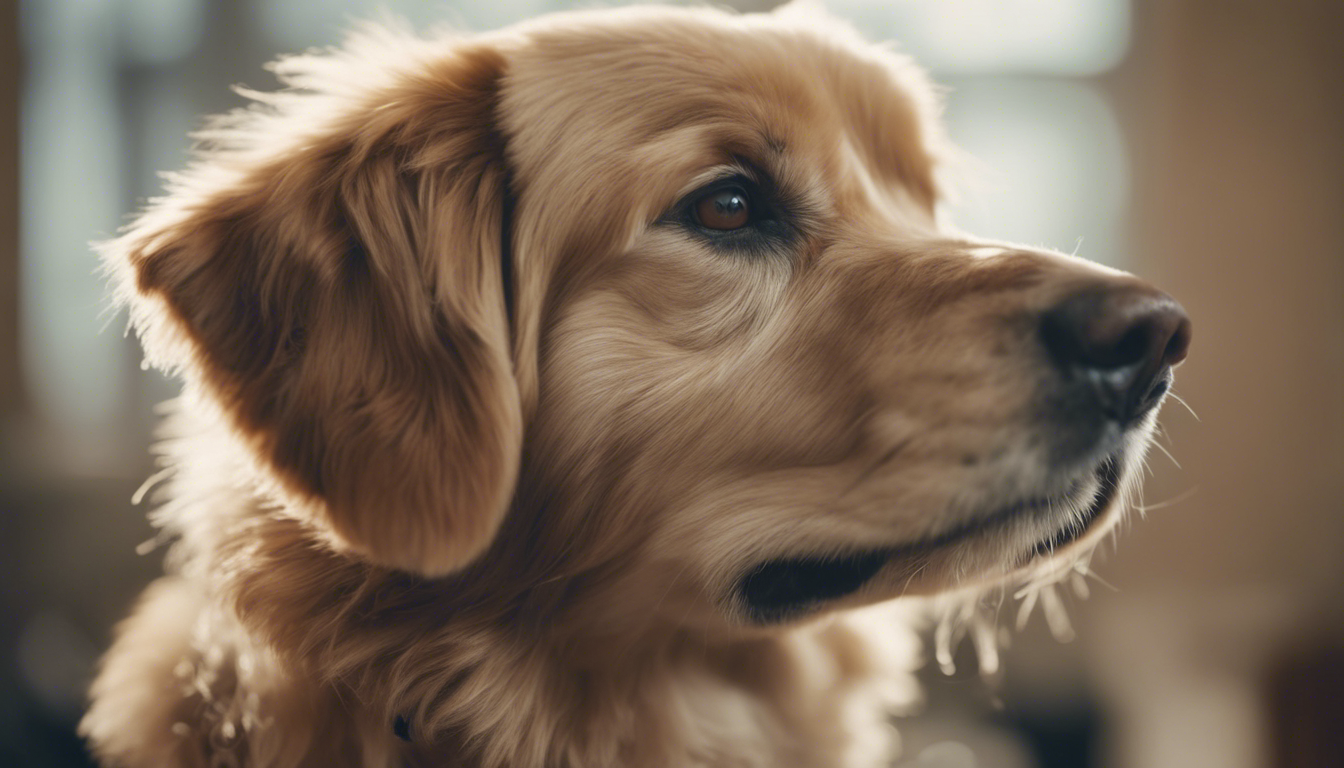
Essential Grooming Tools and Supplies
Ensuring your furry friend’s coat shines and their tail wags with health starts with having the right tools on hand. Before you even begin the grooming session, you’ll want a sturdy grooming table or a non-slip surface to keep your companion secure and comfortable. A good set of brushes is crucial; a slicker brush will help detangle and remove loose fur, while a bristle brush will add a nice polish to the coat of short-haired breeds. Don’t forget a de-shedding tool for those heavy shedders out there!
Next in line are the shampoos and conditioners: selecting a formula that’s appropriate for your pup’s skin and coat type is key. For sensitive canines, hypoallergenic options minimize the chance of irritation. A trusty pair of scissors or clippers is also critical for breeds that require regular haircuts—always ensure they’re sharp and designed specifically for dog grooming to prevent any unwanted nicks or uneven cuts.
And for those finishing touches, a fine-toothed comb is great for precision work around your dog’s face and paws. Sometimes, little mats can form in these areas, and a comb allows you to tackle them without causing discomfort. Also, keep in mind a good pair of gloves for yourself, to maintain a firm grip even when things get a bit soapy and slippery!
Moving beyond aesthetics, maintaining your dog’s health is as crucial as their beauty. Regular grooming sessions are the perfect time to conduct a mini health check-up. You’ll get to know your dog’s body, making it easier to spot lumps, skin issues, or parasites early on. Having ear cleaning solutions and dog-safe toothpaste and toothbrushes is important for keeping those infections and dental problems at bay—regular use can save your dog a lot of discomfort and save you a trip to the vet.
Maintaining a well-stocked grooming kit is not just a convenience—it’s an investment in your dog’s overall well-being. With these essentials, you’re not only prepping your pooch to look good but also ensuring they feel their best, inside and out. From sleek coats to fresh breath and trim nails, your dog’s health and beauty will be a testament to your loving care and attention.
Step-by-Step Routine for Coat Care and Maintenance
When it comes to coat care and maintenance, establishing a regular routine can make all the difference. Start by finding a quiet, comfortable spot where your dog can relax. A routine environment helps dogs to associate grooming with positive experiences. Here’s what you’ll need to do step by step:
- Begin the session by gently brushing your dog’s coat to remove any loose fur, dirt, and to prevent matting. For short-haired breeds, a weekly brush is often enough, whereas long-haired breeds may require daily attention. Use the slicker brush for detangling, following up with the bristle brush for a glossy finish.
- Frequency of baths will depend on your dog’s lifestyle and coat type. Generally, a monthly bath is sufficient, but active dogs or those who like to roll around in the mud may need more. Make sure the water is lukewarm and use the formulated shampoo and conditioner for your dog’s coat. Don’t forget to rinse thoroughly to prevent skin irritation.
- Once bath time is over, it’s time to dry off. You can use a towel or a hairdryer set on low heat. If using a dryer, constantly move it to avoid concentrating the heat in one spot and to prevent scaring your dog.
- If your dog’s breed requires it or its hair has gotten long, carefully trim using the appropriate scissors or clippers. Remember to reward your dog for their patience with treats and reassurance throughout the process.
- As you groom, keep an eye out for any oddities on the skin such as bumps, bald patches, or signs of fleas and ticks. Addressing these issues early with a vet visit can prevent complications.
- Lastly, be consistent with your grooming routine. Regularity not only keeps your dog’s coat in top condition but also fortifies the bond between you and your pet. After a session, always provide a reward to build a positive association with the grooming process.
Remember, coat maintenance is more than just keeping your dog looking good; it’s an integral component of their health regimen. An unkempt coat can lead to skin issues, matting that causes pain, or even hide more serious issues that need vet attention. Plus, beyond the physical benefits, the act of grooming can be soothing and serve as a mindful exercise for both you and your furry companion, nurturing a deeper connection.
Grooming your dog may seem like a chore at first, but as you integrate it into your routine, it becomes a labor of love, enhancing not just your dog’s appearance but their quality of life. You’ll learn to notice the subtleties of their coat’s health and enjoy their shiny, well-kept appearance—as well as the undeniable gratitude in your pup’s loving eyes.
Nail Trimming and Paw Care Essentials
When it comes to your dog’s paws, nails, and pads need as much attention as their coat. The sound of clacking on the floor is your first hint that it is time to trim those nails. Overgrown nails can cause discomfort, affect your dog’s walking and even lead to painful ingrown nails. Get yourself a reliable pair of dog nail clippers or a grinder if you prefer a smoother finish. Always be cautious to avoid the quick—a vein running into the nail—since cutting into it can cause bleeding and pain.
Introducing nail trimming gradually, paired with treats and praise, can prevent fear and help your dog be more cooperative. If you accidentally cut the quick, don’t panic; apply pressure with a styptic powder or a home remedy like cornstarch to stop the bleeding.
Beyond nails, the paw pads also require careful attention. Injuries like cracks or foreign objects lodged in the pads can happen, especially after a romp outdoors. Regularly check between your dog’s toes and under the paw pads for debris or signs of infection. In winter, salt and ice can be harsh on paws, so consider dog booties or a protective paw balm. In hot weather, remember that if asphalt is too hot for your hand, it’s too hot for your pup’s paws.
Exercise is integral to your dog’s health and should be part of their daily schedule. Appropriate workouts not only help maintain your dog’s optimal weight but also prevent destructive behaviors resulting from pent-up energy. Every breed has its own needs, from short walks for brachycephalic breeds to more demanding activities for working dogs.
Regular check-ups are key to catching common health issues early. Parasite control, vaccinations, and monitoring weight gain or loss can pave the way to a long and healthy life. Conditions like hip dysplasia, heart disease, and diabetes can have a significant impact on your dog’s quality of life, but many can be managed with a vet’s guidance.
Dental care is as critical for dogs as it’s for humans. Periodontal disease is common and can lead to serious health problems if left unattended. Brush your dog’s teeth regularly with canine toothpaste and ponder dental chews that help reduce plaque and tartar.
As your dog ages, their health needs will change. They may require different nutrition, more frequent veterinary visits, and adaptations to exercise routines. Joint supplements for arthritis or medications for chronic conditions might become necessary. Giving them a comfortable space, with orthopedic bedding if needed, will ensure they’re resting well.
Lastly, do not underestimate the importance of mental stimulation for your dog’s overall well-being. Puzzle feeders, new tricks, games of fetch, and social interactions keep their mind sharp. A mentally stimulated dog is a happy dog, and this aspect of health is just as vital as the physical.
Regular paw care and awareness of health issues form the foundation of your dog’s well-being. By proactively tending to their nails, pads, and overall health, you’re setting your pet up for a life that’s not only healthy but full of vitality and joy. Attention to these details ensures that you’re providing a comprehensive approach to your dog’s grooming and health needs.
Dental Hygiene and Ear Cleaning Practices
Ear cleaning is an often-overlooked aspect of dog grooming, but it is crucial for preventing infections and ensuring your pup’s comfort. Before you start, you’ll need a bottle of vet-approved ear cleaning solution, cotton balls or gauze, and treats to make the experience as pleasant as possible for your four-legged friend.
Start by gently wiping the outer ear with a damp cloth to remove any visible dirt or debris. Then, fill the ear canal with the cleaning solution—just enough to fill it without overflowing. Massage the base of the ear gently; you’ll hear a squishing sound as the solution dislodges buildup. Let your dog shake its head—this helps bring the loosened debris out of the ear canal. Afterwards, use cotton balls or gauze to wipe out the excess solution and dislodged debris from the inner ear. Avoid using cotton swabs deep inside the ear, as they can cause injury.
Some dogs are more prone to ear infections than others, and these can often be identified by a foul odor, redness, excessive scratching, or head shaking. If you notice any of these signs, consult your veterinarian promptly. They may prescribe medicated drops or cleaning solutions tailored to your dog’s specific needs.
Remember, balance is key when it comes to ear care. Clean them often enough to prevent infection, but not so often that you irritate the ear canal. For many dogs, once a month is sufficient, but your vet can give you guidance based on your dog’s breed, activities, and health history.
In addition to physical health, your dog’s emotional state plays a large role in its overall well-being. Grooming sessions should involve plenty of positive reinforcement. Praise your dog throughout the process, and reward patience with their favorite treats or extra playtime. This not only reinforces good behavior, but it also strengthens the bond between you two.
By incorporating these dental hygiene and ear cleaning practices into your routine, you are not just taking steps to prevent discomfort or health issues. You are also showing your dog that you care for every aspect of their health, ensuring that they’re as happy as they’re healthy. Plus, the face-to-face interaction during these activities can be a wonderful opportunity to deepen your mutual affection and trust.
